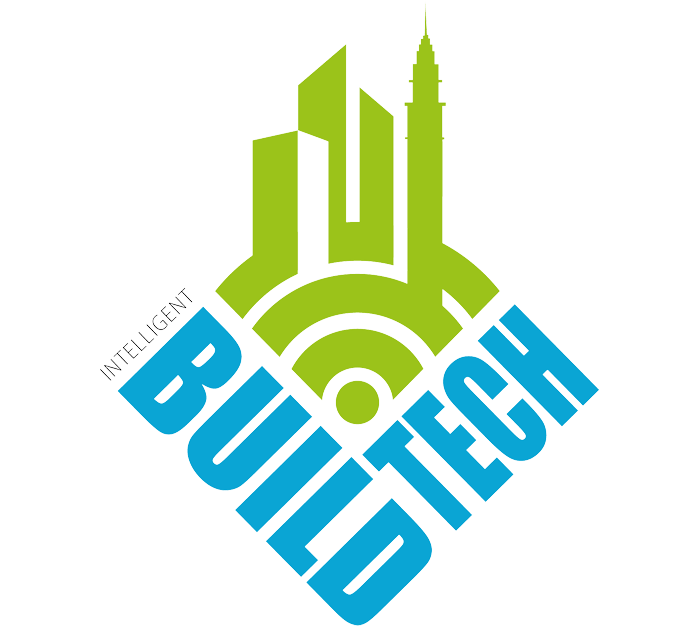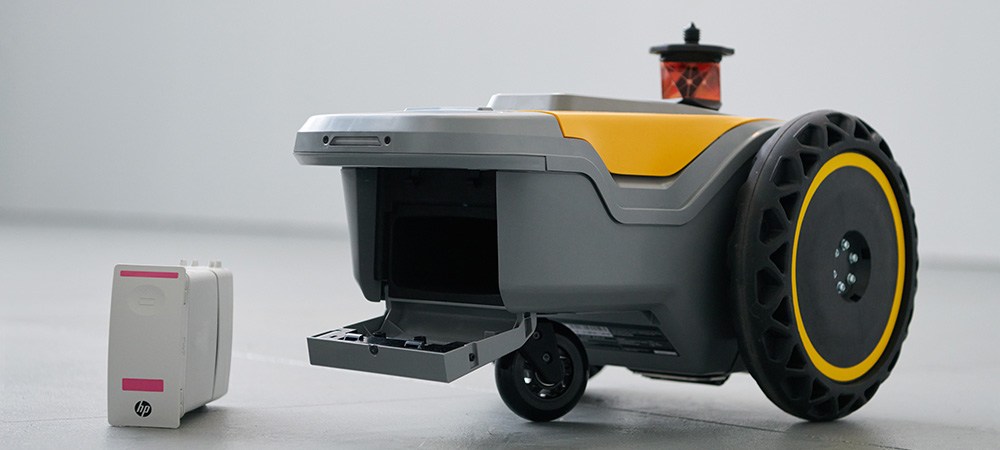Despite advances in technology, the construction industry struggles with stagnant productivity. Xavi Juarez, Director of HP’s Construction Services division, explores the urgency and potential solutions, including HP’s innovative approaches, to overcome this critical challenge and drive progress in construction practices.

Chronically low productivity has long been an issue for the construction industry, those who work in it, as well as those in need of housing across the UK. While other sectors have embraced digital transformation to raise their productivity levels over recent years, construction continues to lag behind. In fact, growth has largely remained flat over the past several decades, according to McKinsey. In the UK, this is contributing to a lack of housing – one of the biggest challenges the country faces. By contrast, manufacturing, has managed to grow its productivity far more substantially, thanks in large part to the adoption of new technologies to improve its processes.
With the construction industry accounting for nearly 14.2% of global GDP, even a modest boost would positively impact the economy worldwide, not to mention improve the UK’s current housing shortage. There is therefore huge impetus to quicken the pace of progress, which, according to the latest data from HP, remains slow.
Industry workers see scant change across their career lifetime
New research has found that 60% of construction workers and industry decision-makers surveyed by HP agreed that working practices and processes have barely changed over the last 20-30 years. HP’s recently launched report: State of Construction Productivity, canvased opinion across the US, the UK and Germany, with nearly everyone (99%) in agreement that the sector has a productivity issue. In the UK, over half (56%) feel that they, or their employers, are no more productive than when they began their career.
Given the advances and innovation in technology that we have seen over recent years – cloud computing, super-fast WiFi, Smart devices, AI, to name just a few – it seems extraordinary that productivity has remained so stubbornly low. Despite this, industry leaders believe that technology is the key to solving this challenge.
Bringing construction methods bang up to date
The report shows that 65% of HP’s UK survey respondents are confident that tech innovation would be beneficial to solving the productivity crisis and 60% feel their employer would be open to taking this route.
However, although investment in new technology by constructions firms and venture capitalists has risen over the past decade, HP’s findings suggest that actual deployment of new solutions is still limited, with only around 15% of respondents confirming annual budgets are spent on on-site construction technology.
Progress is undoubtedly slow, but at least the sector is moving in the right direction. More than half (57%) of those surveyed said the pandemic had accelerated adoption of on-site and automation technology and 68% said their employer was open to adopting new technology to improve.
The appetite for change is clearly there but investment in new technology to solve known industry productivity challenges, together with support from right across the industry to implement it, must follow, for it to be successful.
Layouts are ripe for tech disruption
One such challenge is the layout or ‘setting out’ process. Almost a quarter of UK construction leaders say that up to 30% of construction projects experience a layout error that can lead to significant rework, amounting to around 9-10% of project budgets.
What’s more, 90% of UK construction leaders say they’ve had challenges staffing construction layout tasks, with the manual nature of layout techniques also raising concerns about potential injuries, as flagged by nearly three quarters of UK respondents (71%).
How automation can help
HP recently launched an autonomous robotic solution designed to bring layout into the modern era. SitePrint prints complex construction site layouts with pinpoint accuracy, empowering construction pros with as much as ten times the productivity of manual techniques.
This is just one example of how readily available technology can very quickly be harnessed and deployed on-site to radically improve the productivity levels of key construction disciplines – reducing errors, improving margins, and overcoming skills and labour shortages.
Lots of construction and development projects are already reaping the benefits of this type of technology. Multi-national Skanska employed it for its re-development of Penn Station in New York. Meanwhile, California-based contractor, L5 Drywall Inc, has been automating its layout processes across multiple projects, with L5 COO, Gerado Rivera, explaining that it ‘laid out seven or eight rooms in the time it took the manual team to do two or three.’
The time is now
The construction industry is embracing technology, but as evidenced in HP’s State of Construction Productivity survey findings, it needs to pick up the pace. Considering the many technological solutions that could benefit the sector that already exists, it is down to investment, as well as skills training, to implement them in an agile way. If the industry can do that, and raise its productivity levels in the process, the data suggests it will be able to overcome various longstanding issues, including reducing housing shortages (64%), alleviating project delays (67%), and attracting the next generation of talent (66%). It’s time to put an end to construction’s productivity problem.




